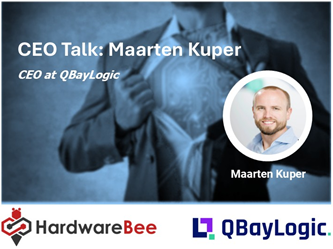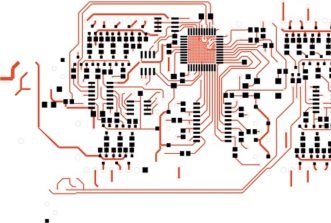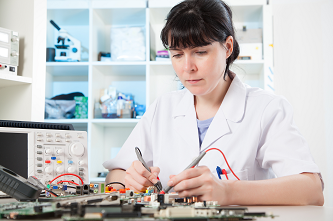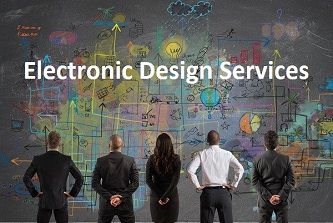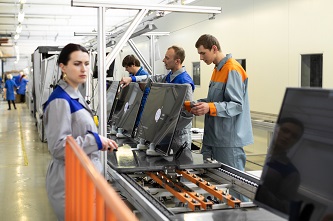Top articles in July on eeNews
The top ten articles in July highlighted very clearly the fundamental difference in strategy between two of the world’s largest chip makers. While Taiwanese foundry TSMC hit revenue of $100bn and plans 11 new fabs on its home island, struggling Intel is retrenching by cancelling its planned fabs in Germany and its chiplet assembly plant in Poland. Despite substantial subsidies from the European Commission and German government, the cancellation is a blow to providing leading edge chip-making capability in the region, leaving Intel’s fab in Ireland at 3nm as the leading provider.
At the same time Intel is looking to sell off its networking group, which also includes the Edge processing and IoT business, which is a keystone of the site in Swindon, UK.
The Qt group in Finland is to buy neighbouring development tool maker IAR in Sweden. The agreed €230m deal has yet to receive regulatory approvals but will see the IAR integrated development environment (IDE) for ARM and RISC-V microcontrollers integrated with Qt’s framework for automotive and embedded software development.
At the same time, US ultra-low power microcontroller designer Ambiq Micro is looking at a public share offering that values the company at a staggering $9bn at the top end of the valuation. Part of the value comes from extending out into embedded edge AI accelerators in its yet-to-be-launched Atomiq range of devices, which we will have a good look at.
The world of RISC-V is shaking up, with MIPS being acquired by Global Foundries and Codasip up for sale. The MIPS deal highlights the shift of RISC-V IP from foundational to commodity, and the move protects the IP for GF customers in the long term.
Customers of Codasip may not be so lucky. The company was the leading European supplier of commercial RISC-V technology, with tools to customise the hardware and software and leading the way in in the use of the CHERI memory-safe architecture. However it had not gained traction with European customers and put itself up for sale at the start of the month. It faces key competition from the Quintauris RISC-V consortium, which may end up be the buyer.
For some long form summer reading over August in the top ten articles, the latest feature articles cover circularity in design as well as the latest developments and failures in medical sensors. Future proofing designs is a key factor with the increasing demands of sustainability. Beyond the basics of recycling, the industry is now publishing guidelines for the circular economy for electronics, from materials such as dissolvable circuit boards to designing for repairability and recycling.
How quantum computing will impact on the security of devices across the Internet of Things has been a popular opinion article from Sony Semiconductor, while automation is key for tackling tariffs and labour shortages. Europe is also preparing its Quantum Act in a mirror of the Chips Act for semiconductors. Hopefully the Commission will learn the lessons of the problems faced by the Chips Act, and enable strong growth and commercialisation of quantum technologies, from sensing and networking to computing.
The most popular article in July covered the advances in medical sensors. From the latest graphene transistors and TMR magnetic sensors to the collapse of DNA measuring startup DNAnudge, the article brings together the range of European medical innovation.
Related top ten articles
- AI attacks and automotive falls in June
- Top ten articles in May
- April
- March
- February
- January
- Top articles on eeNews Europe in 2024






